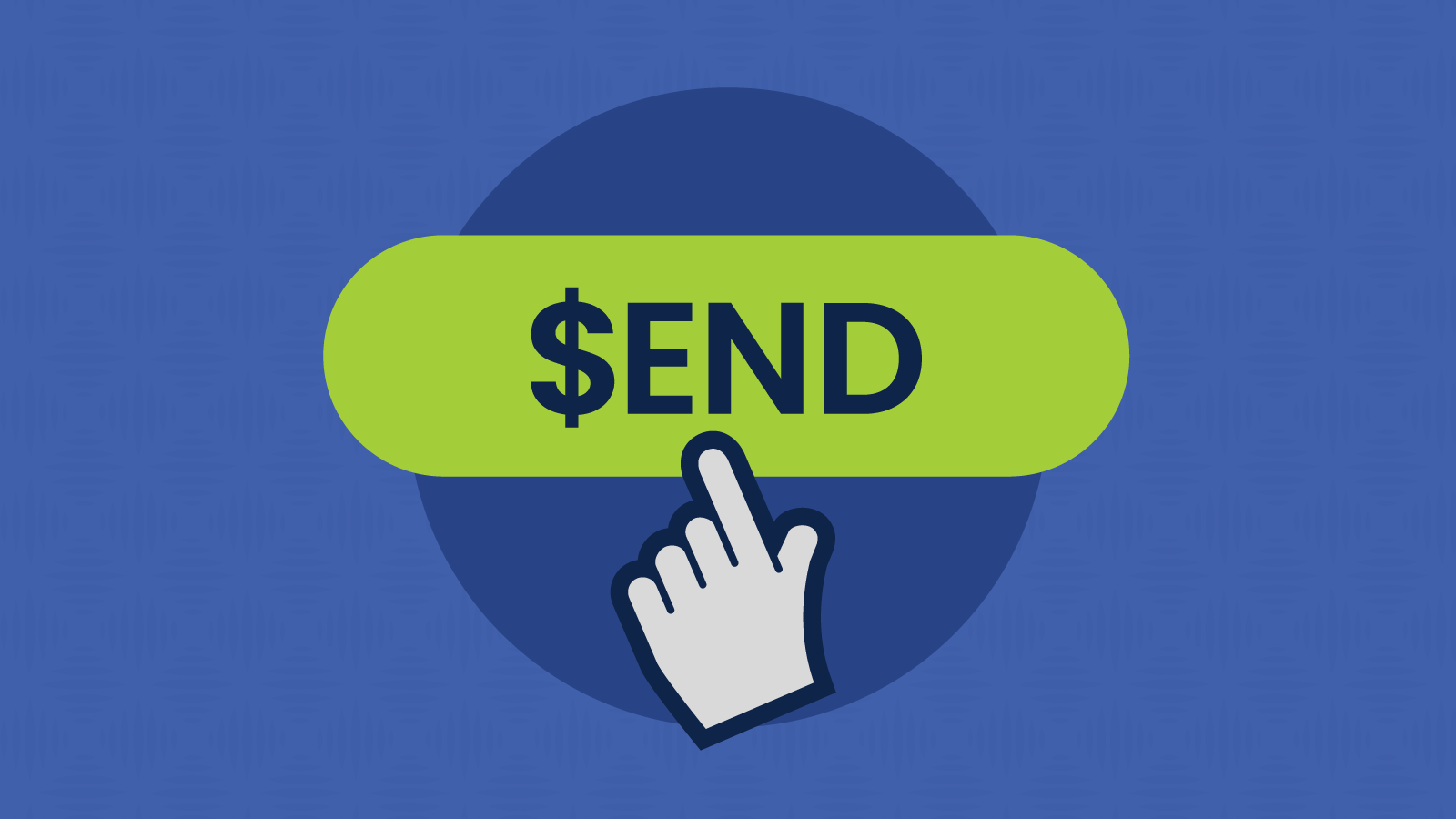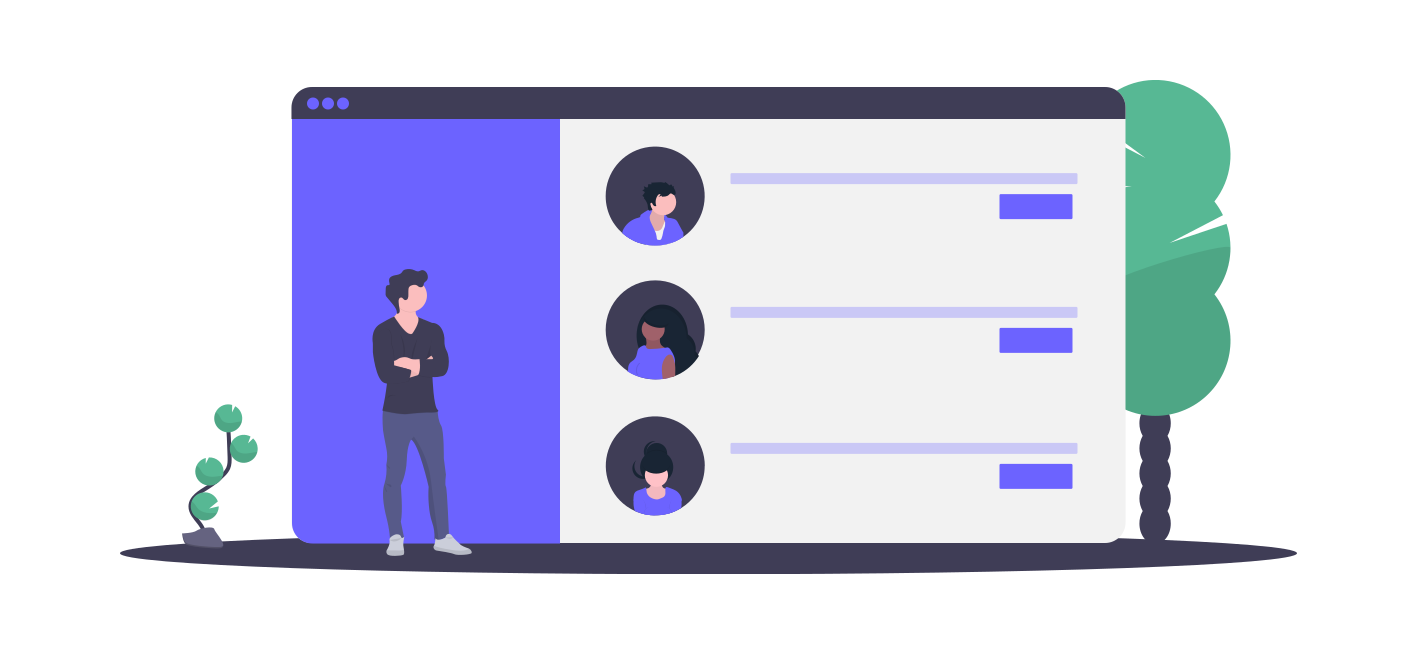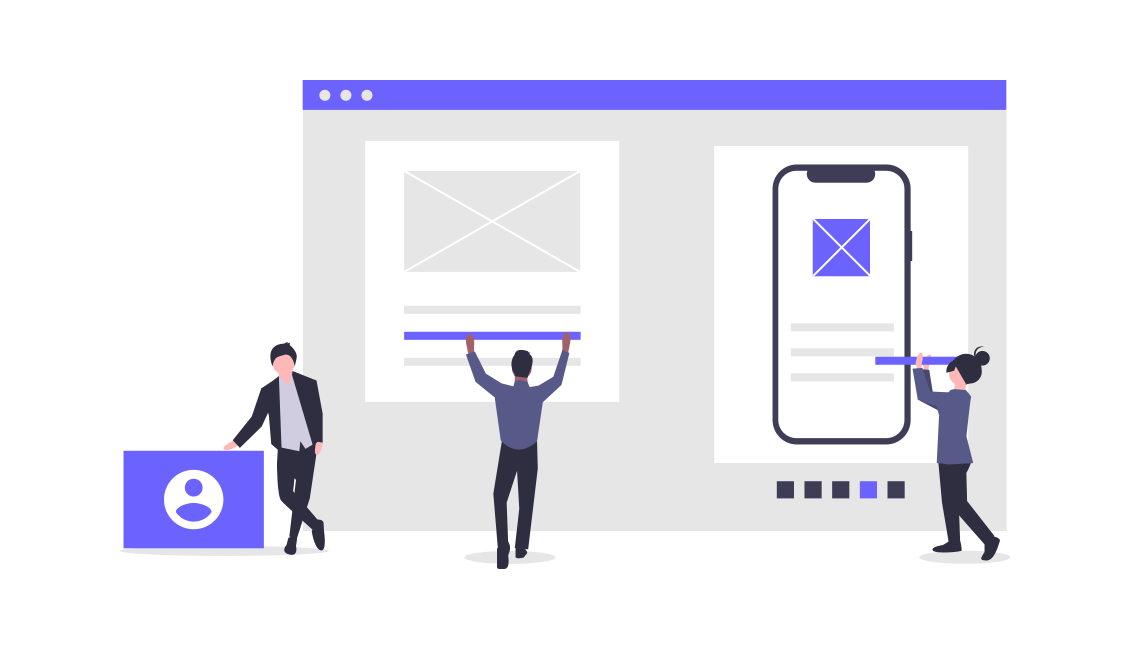Email Marketing
Paid Newsletters: Should You Monetize Your Emails?

Email Marketing

Email marketing helps generate revenue. No doubt about it. But what if email could be a revenue stream and not just a sales and marketing channel?
Paid newsletters have been a growing trend in the past few years. For the most part, however, it’s a strategy that journalists, influential bloggers, and other content creators use to fund their work through platforms such as Substack.
Many online publishers also monetize their email newsletters with ads and sponsored content. Other publishers are using content paywalls to generate revenue from email subscribers. Medium sends emails with personalized recommendations for paid/members-only content. And Forbes recently launched a collection of paid newsletters from various well-known writers.
But this is a different idea. Could a non-media brand offer a paid email newsletter to customers and prospects? Could your emails become an actual product and not just part of the sales and marketing strategy?
The reality is every brand is now a media company. Look no further than Mailchimp and the investment it’s made in Mailchimp Presents, which produces original content for entrepreneurs and small business owners.
In their 2017 book, Killing Marketing, Joe Pulizzi and Robert Rose describe a world in which a brand’s content is so good that people are willing to pay for it. That may sound somewhat unbelievable, but it’s already a reality.
Pulizzi and Rose point to brands such as Red Bull, which sells a paid subscription to its print magazine, The Red Bulletin. Another example is how BuzzFeed sells cookbooks for its food brand, Tasty. There are also B2B brands that generate revenue from in-depth training and educational content. WordPress.com now offers paid courses to help bloggers and podcasters get started.
But email has always been free. And we all get a lot of it. So, even the most passionate email marketer is bound to ask, “Why would anyone pay to get more emails in their inbox?”
I’m not suggesting that you start charging for your main email newsletter. But, if your organization has the right assets and the right audience, email could be the perfect way to deliver value and support a new revenue stream.
I shouldn’t have to tell you that launching a paid newsletter requires “quality content,” and saying it “must be worth paying for” is stating the obvious.
Still, if this is an idea you’d like to explore, the right content will be the key to success, and email marketers will have to partner with content creators to develop something your audience really wants. To build a paid newsletter that generates revenue for your company, you’ll need at least a few of the following factors.

Here’s a good sign you’ve got a paid newsletter idea that will work for your brand: When you search Google for info on the topic, it’s tough to find answers and reliable info. On the other hand, if the first page of results is full of free content on the topic, people will be unlikely to pay for it.
Could a regular paid newsletter fulfill a need, ease a pain point, or cover a niche topic that’s of interest to a subset of your subscribers? That’s a question you must ask at the start.
The devil (and in this case the dollars) can be found in the details. The most valuable content won’t cover the most common problems and frequently asked questions. Don’t just look for content and topics that have high search volume and traffic. Instead, the more in-depth topics and highest converting content are the right ingredients. The best content your brand creates is rarely the most popular.
If you try to launch a paid newsletter for a general audience, it’s probably going to fail. The more generalized the content the less valuable it tends to become. Could you offer a paid newsletter to specific buyer personas? That’s an ideal way to begin narrowing your focus.

In the age of streaming, we’ve all become used to the idea of paying for access. Exclusive access could also be a very compelling aspect of a paid newsletter.
What kinds of members-only material and perks could you put behind the “velvet rope” and deliver via email? How could you provide a VIP experience with an email newsletter? Would a subset of your subscribers pay for the privilege of being the first to know or the first to try new features or products?
Very few companies could pull that off. But if you’ve built a rabid fan base, like Apple or Harley Davidson, you may have subscribers who personally identify with your brand. Of course, not all of us have customers who camp out in front of stores for new releases or get the company logo tattooed on their bodies.
Still, the early adopters and innovators in any industry are good candidates for an email newsletter with exclusive content, offers, and important industry news. Being “first” is baked into their personalities.
Your paid newsletter could be the connecting point for all sorts of exclusive access. That includes being part of an exclusive group … sort of like the “in crowd” for your industry. Consider giving these subscribers access to private forums, AMAs with company leadership, and provide a peek behind the curtain.
Give them the chance to make their voice heard as well. Exclusivity could also mean the chance to offer personal opinions, which these types of subscribers are likely to have.

Maybe you’ve heard … data is the new oil. What that means is that while data may be a commodity in the digital age, it’s also an incredibly valuable one. Data becomes even more valuable when it’s paired with exclusive insights from industry experts.
A few years ago, the marketing agency I worked for had a client in the supply chain tech space. They were sending out a monthly email newsletter to customers in which they shared exclusive transportation data, which their in-house data scientists analyzed and explained.
I suggested using this content as a lead magnet or a way to nurture prospects. But they balked at the idea. The content was too much of a part of their product offering to give away for free. The only way they’d let non-customers access it is if they’d be willing to pay for it.
Does your company have unique data that would be valuable to your customers? Do you have experts who can explain the data and how to act on it? That could be a winning combination for a paid newsletter!

The freelance journalists and influencers with successful paid newsletters and other content models all have something in common – they developed a reputation and built a following with free content first.
Their biggest fans love what they do or have to say enough that they were willing and even eager to pay for it.
If you can show that your brand’s free content is worth paying for, then subscribers will believe any content you pay to see has to be even better … at least some of them will. According to Courier, successful writers see a conversion rate of 5% to 10% from their free list to a paid newsletter.
Reputation is something that takes time to earn. If your organization already has subject matter experts who are also industry thought leaders, that could give you a jumpstart. A recognizable brand evangelist who acts as a company spokesperson could also be the face of an email newsletter that’s filled with exclusive content.
If an email marketing thought leader launched a paid newsletter on a topic you cared about and promised access to exclusive content along with unique data and insights, would you subscribe? Not everyone reading this would, but the stats say 10% of you (email marketing early adopters) just might.
It’s possible your company has developed a reputation for something outside of your everyday products and services. For example, the online shoe company, Zappos, launched Zappos Insights because of the demand to learn about company culture from CEO Tony Hsieh.

Josh Spector launched a paid newsletter for innovators and creators that in his words “flopped.” But he learned something through the process:
Almost nobody wants ‘more’ — even of a newsletter they love. They don’t want extra emails or bonus content, and they especially don’t want to pay for those things.
Spector realized that offering something “different” works much better than more of the same with a price tag on it. At first, he tried offering a paid version of his email newsletter For the Interested. When that didn’t work, he pivoted to create something original. Now he’s added a different sort of paid newsletter called This is How I Do It.
Spector’s paid newsletter gives subscribers a behind-the-scenes look at his personal projects. He says focusing on different has worked for him because it gave subscribers on his free list a reason to pay.
In the two months since I launched it, I more than doubled my subscribers and revenue compared to my initial attempt at a paid newsletter.

Doing something original isn’t the only way to provide value with an email newsletter. Some subscribers may even be willing to pay for the convenience of having content from other sources delivered directly to their inboxes on a regular basis.
Content curation and curated email newsletters, in particular, have risen in prominence in recent years. Curation can solve two problems for subscribers:
If your target audience could use help finding the best content for them, a good curator may be worth paying for. There’s inbox overload and then there’s information overload as well as content shock. All these terms highlight the problem of having too much content to choose from – much less consume. That’s why a resource that points you toward things that are worth your time is worth your money.
With content curation, you’re digging for treasure and delivering it to your subscribers. If the time and resources needed to create original content aren’t realistic right now, curation may be a good email newsletter strategy.

There’s a difference between branded content and a content brand. Any old marketer can create articles, eBooks, or infographics and slap the company logo on it. That’s basically branded content.
A content brand is a brand within your brand. It’s a blog or podcast that’s got its own name and reputation – not just your company’s name followed by the word blog or podcast. Sometimes the content brand is so popular it warrants its own separate website.
Here are some content brand examples:
You should do the same thing with any paid newsletter. Giving it a unique identity with its own name, look, and voice sets it apart and makes the newsletter memorable.

You want a memorable experience every time a subscriber opens one of your emails. That’s going to be even more important if they’re paying for it.
A paid newsletter is the perfect place to push the envelope of email experiences by doing something different. This is your chance to showcase the cutting edge of email technology.
Dynamic content, personalization, and interactivity will make email newsletters more engaging. They also create moments of surprise and delight if you keep mixing things up. Personalized email experiences could be used to deliver curation through automation. Could you produce a unique collection of content based on what you know about individual subscribers?
Stripo has several ideas for creating interactive email newsletters:
On the Mailerlite blog, they also suggest interactive infographics and calculators as other forms of eye-catching and engaging email newsletter content.
If the contents of an email newsletter pique peoples’ curiosity so much that they eagerly anticipate its arrival, it’s definitely worth a few bucks a month.
If you want newsletters to become a direct revenue stream, delivering email perfection isn’t just a goal, it’s do-or-die! That goes for any monetization model you choose.
Publishers who sell space and sponsorship in email newsletters need to be sure advertisers get what they’ve paid for, which is eyeballs on their ads and content. That won’t happen if there are deliverability issues or if the newsletter renders incorrectly on certain email clients.
Launching a paid newsletter means those emails are now a part of your product line. So, you should have the same level of quality control as you would for anything else you offer. That means double-checking everything during email pre-deployment.
The Email on Acid platform is designed to make this process as seamless and effortless as possible. Our automated email checklist lets you test numerous factors, including inbox display, accessibility, spelling, and reliable email previews on 90+ clients and devices.
Whether a paid newsletter is the right fit for your brand or not, testing every email, every campaign, every time ensures you deliver the perfect experience with every send.